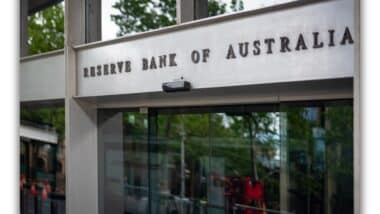Wages in Australia have increased by 3.4% in the year to March 2025, marking the first uptick since June 2024. According to data from the Australian Bureau of Statistics (ABS), quarterly wage growth also accelerated to 0.9%, up from 0.7% in the previous quarter.
The March quarter saw the annual pace of growth in the Wage Price Index (WPI) rise from 3.2% in the December quarter, reflecting a modest but notable recovery. This increase comes as Australian employers continue to adjust wages, particularly in sectors influenced by enterprise agreements, which have played a significant role in driving wage growth.
Enterprise Agreements Lead the Way in Wage Growth
A key driver behind the surge in wages has been the contribution of jobs covered by enterprise agreements, which accounted for over half of the quarterly growth for the first time since September 2020.
This trend is particularly evident in the public sector, where state-based enterprise agreements have been a major factor. Michelle Marquardt, ABS head of prices statistics, highlighted that these agreements have led to higher wage outcomes for public sector workers, which has boosted the overall national figures.
The private sector, too, saw a rise in wages, albeit influenced by specific government measures.
These include administrative wage adjustments linked to the Stage 3 Aged Care Work Value Case, and retention payments for early childhood education and care workers. These initiatives, alongside regular March quarter reviews, provided additional support for wage increases in the private sector.
In contrast, wages set by individual agreements contributed modestly to the growth. According to Sean Langcake, head of macroeconomic forecasting for Oxford Economics Australia, this suggests that while the labour market remains tight, wage pressures are relatively well-contained.
This is a critical observation as it points to a less pronounced acceleration in wages outside of collective agreements.
Real Wage Growth Outpaces Inflation, Supporting Household Recovery
As inflation continues to moderate, real wage growth has become a notable point of focus. In the March quarter, real wage growth—adjusted for inflation—was 1%, marking the sixth consecutive quarter of positive growth. This is the highest rate since early 2020 and reflects a broader trend of disinflation within the economy.
Economists argue that this real wage growth will likely support a recovery in household consumption, helping to boost domestic demand in the coming months.
Paula Gadsby, senior economist at EY, pointed out that despite the positive wage growth, inflation remains within target and is not likely to fuel further inflationary pressures.









